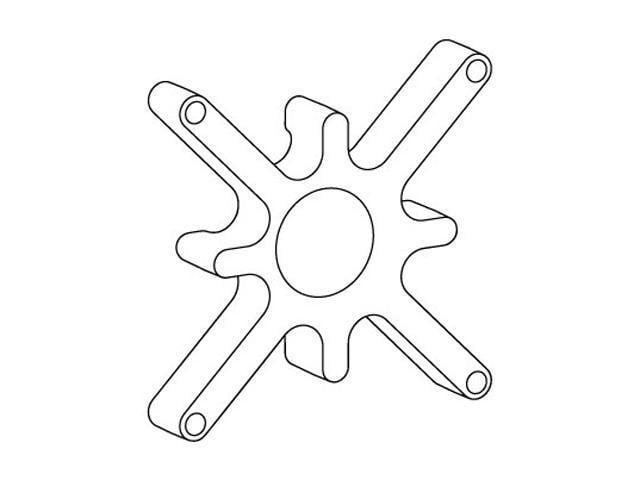“As the world becomes more integrated through the trade of goods and services and capital flows, it has become easier for diseases to spread through states, over borders and across oceans - and to do serious damage to vulnerable human and animal populations. " American RadioWorks and NPR News, 2001 The global cost of communicable diseases is expected to rise. SARS has put the world on alert. We have now Avian Flu on the watch. Recognizing the global nature of threats posed by new and re-emerging infectious d- eases and the fact that many recent occurrences originated in the Asia - cific regions, there has been an increased interest in learning and knowing about disease surveillance and monitoring progresses made in these - gions. Such knowledge and awareness is necessary to reduce conflict, d- comfort, tension and uneasiness in future negotiations and global coope- tion. Many people are talking about the GIS and public and environmental health. The way we make public policies on health and environmental m- ters is changing, and there is little doubt that GIS provides powerful tools for visualizing and linking data in public health surveillance. This book is a result of the International Conference in GIS and Health held on 27-29 June 2006 in Hong Kong. The selected chapters are organized into four themes: GIS Informatics; Human and Environmental Factors; Disease modeling; and Public health, population health technologies, and surve- lance.















